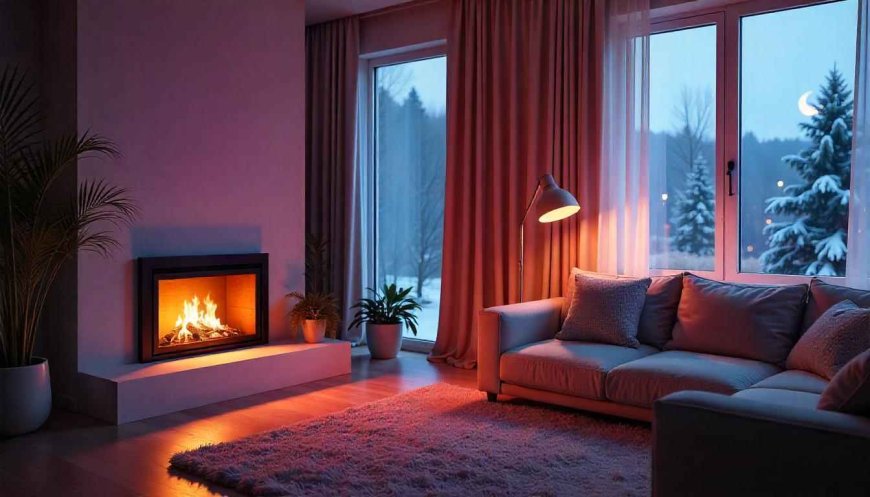How do different heating methods compare in terms of suitability for various climates and home designs?
Discover how to choose the best home heating system based on your climate, home design, and comfort needs. Learn which methods work best in cold, mild, or rural areas.

Selecting the right heating method isnt just about cost; its equally about how well the system performs in your local climate. Cold regions demand robust, reliable heating that can keep a home warm for extended periods. Gas furnaces and boilers excel in these conditions by quickly distributing warm air or hot water throughout the home. For example, gas boilers paired with radiators are especially common in older homes in colder climates, offering steady and even heat.
In contrast, electric furnaces are better suited for mild climates where heating needs are limited. Their high operating costs make them impractical for areas with harsh winters, but their low upfront costs and ease of installation mean theyre a viable option where heating is only occasionally needed.
Heat Pumps: Versatile but Climate-Dependent
Heat pumps, both air-source and geothermal, provide a flexible solution with varying degrees of climate suitability. Air-source heat pumps operate most efficiently in moderate climates where temperatures rarely drop below freezing. Below 20F, their efficiency can decline, requiring backup heating to maintain comfort.
Geothermal heat pumps, however, draw heat from the earth and maintain consistent efficiency regardless of outside temperatures. This makes them an excellent choice for regions with extreme winters, provided theres enough space for underground loop installation.
Home Design and Infrastructure: Matching the System to Your Space
Your homes layout and existing heating infrastructure also affect which heating system will work best. Homes with existing ductwork are well-suited to gas or electric furnaces and air-source heat pumps, which distribute air via ducts. In contrast, homes without ductwork or with additions and renovations might benefit more from ductless mini-split heat pumps. These systems allow for targeted zone heating, giving you control over specific rooms and reducing energy waste.
Older homes with radiator or underfloor heating systems can be efficiently served by gas or electric boilers, which use hot water to heat spaces gently and evenly. Radiant floor heating, while expensive to install, offers unmatched comfort and is often included during new builds or major remodels.
Wood Heaters and Alternative Options
For rural homes with access to affordable firewood, wood or pellet stoves provide a cost-effective and independent heating source. Theyre particularly useful in areas prone to power outages and can serve as a reliable secondary heating system. However, they require more maintenance and are less suited to urban environments due to emissions regulations.
Finding the Best Fit
When deciding on a heating system, consider your climates temperature patterns, your homes design and size, and your personal comfort preferences. A system that works well in one region or home might not in another. To help homeowners navigate these complexities, there is a wealth of information available. You can read this article for a detailed guide on choosing heating systems that align with your specific climate and home design.


































